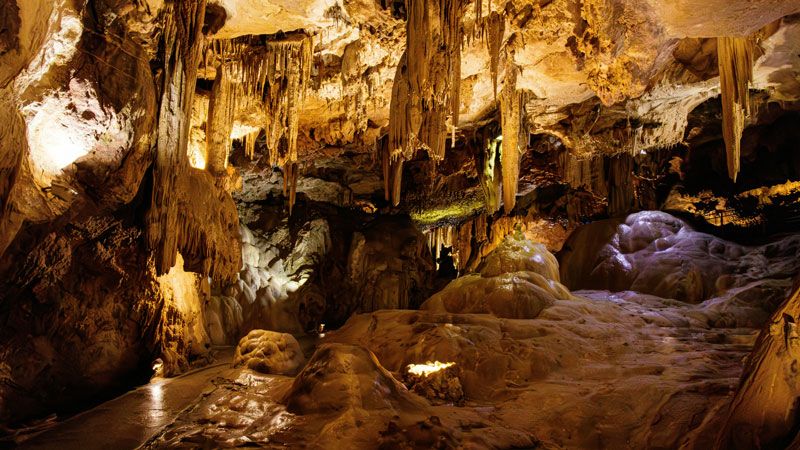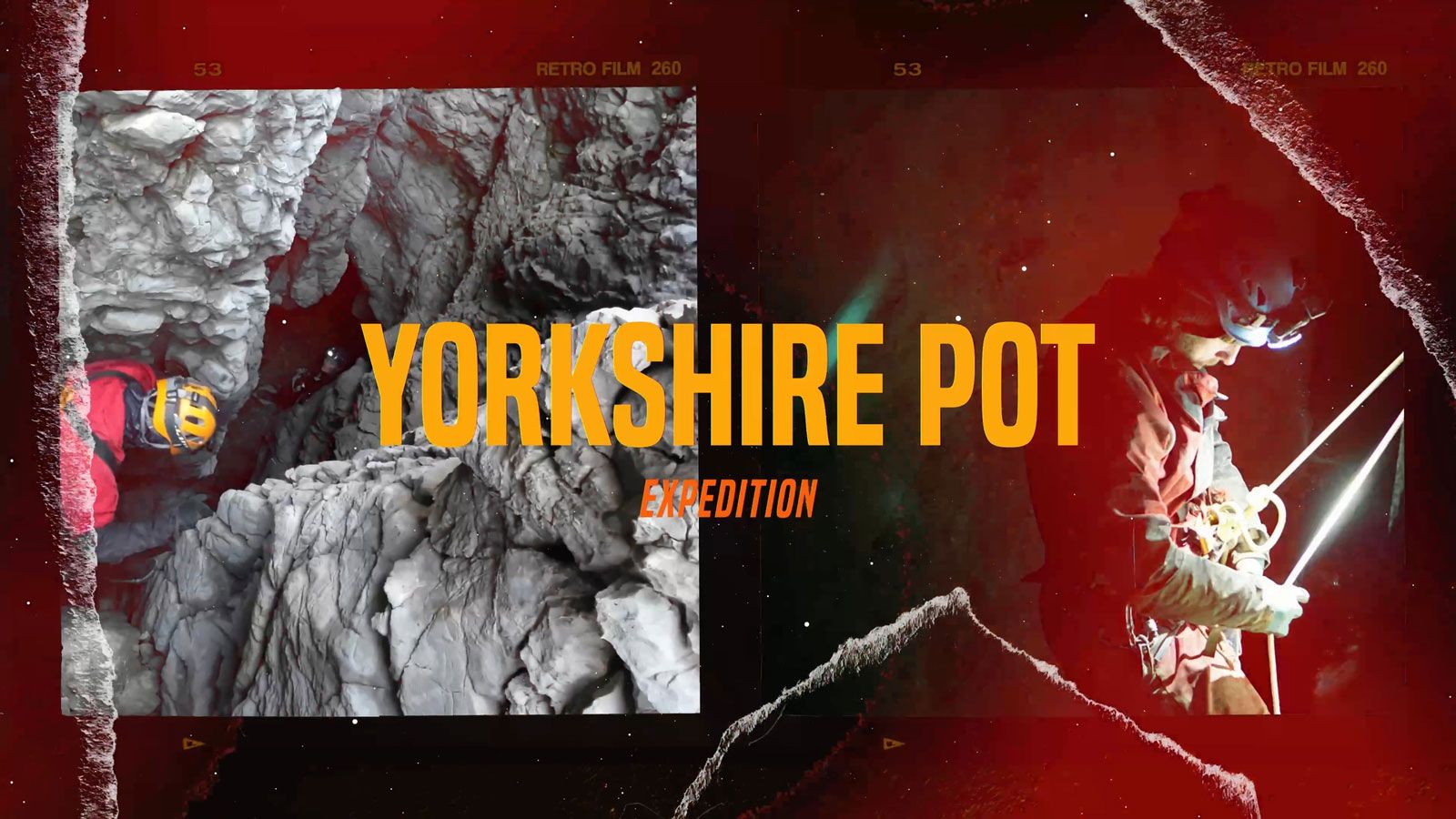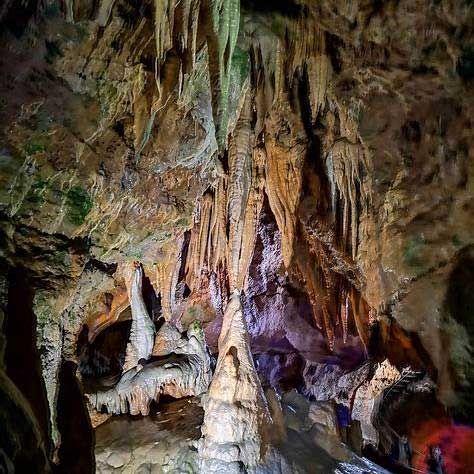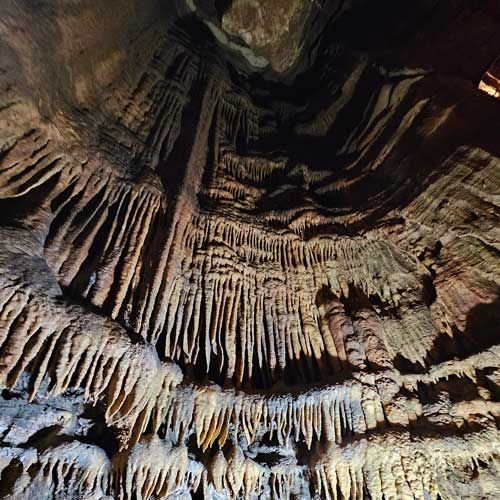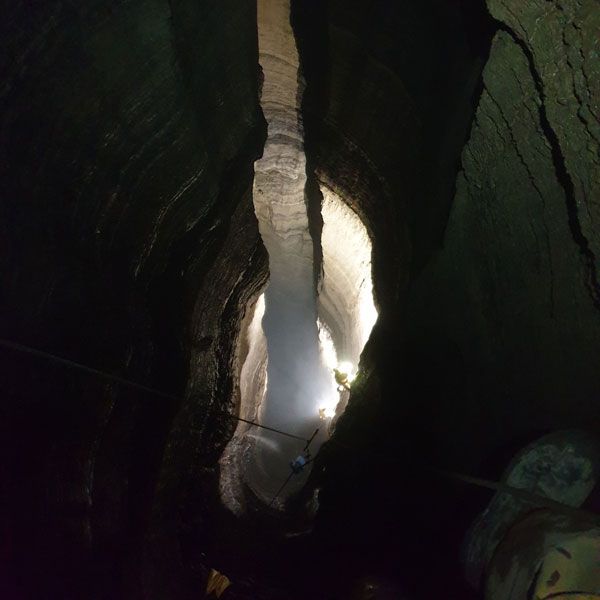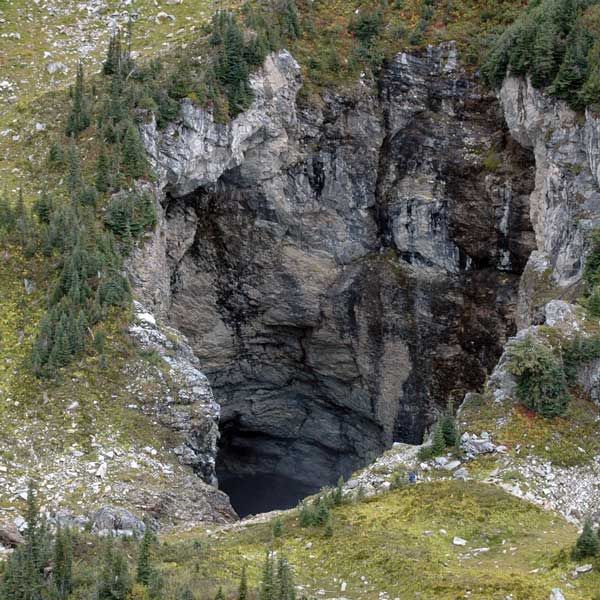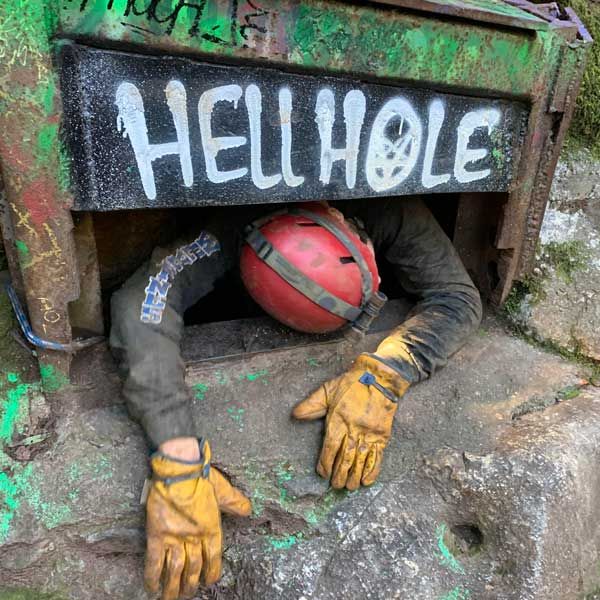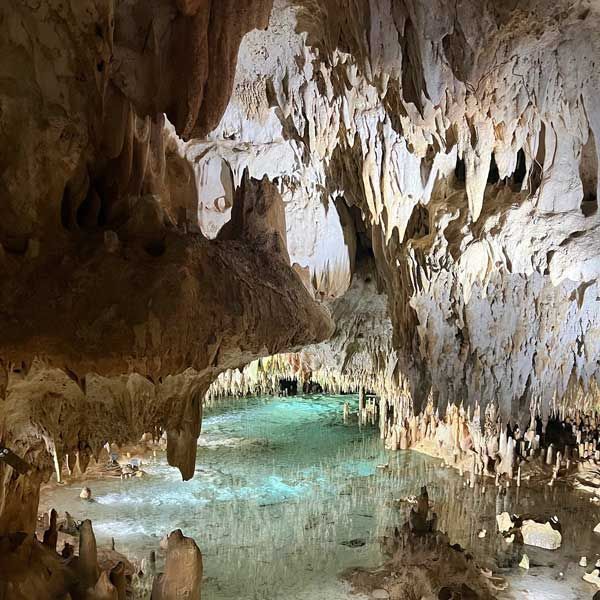A Special Offer for Alberta Families
Starting October 6, 2025, Alberta teachers will begin a province-wide strike. We understand this may be a challenging time for many families. While we can’t resolve the strike itself, we can help make these unexpected days a little brighter.
For the duration of the strike, Alberta families with school-aged children (10-18 years old) can join an Explorer Tour at Rat's Nest Cave at half price (50% Off). The offer is available on school days (Monday-Friday, excluding holidays) until October 31st, 2025
Offer Conditions:
- 1. All members of the group must reside in Alberta (proof of residency may be requested).
- 2. At least 1 school-aged child (age 10-18 years) must be a part of the tour.
- 3. Tours are subject to availability; spaces are limited and not guaranteed.
- 4. This offer is valid for the Explorer Tour only
If you meet the offer requirements, please click the button below to get this offer and a discount code will be automatically applied. Simply navigate to the booking widget on the Explorer Tour page to redeem the offer.
Let us help you turn this unexpected time into an opportunity for discovery, adventure, and connection. If you have any questions, please don’t hesitate to reach out..

